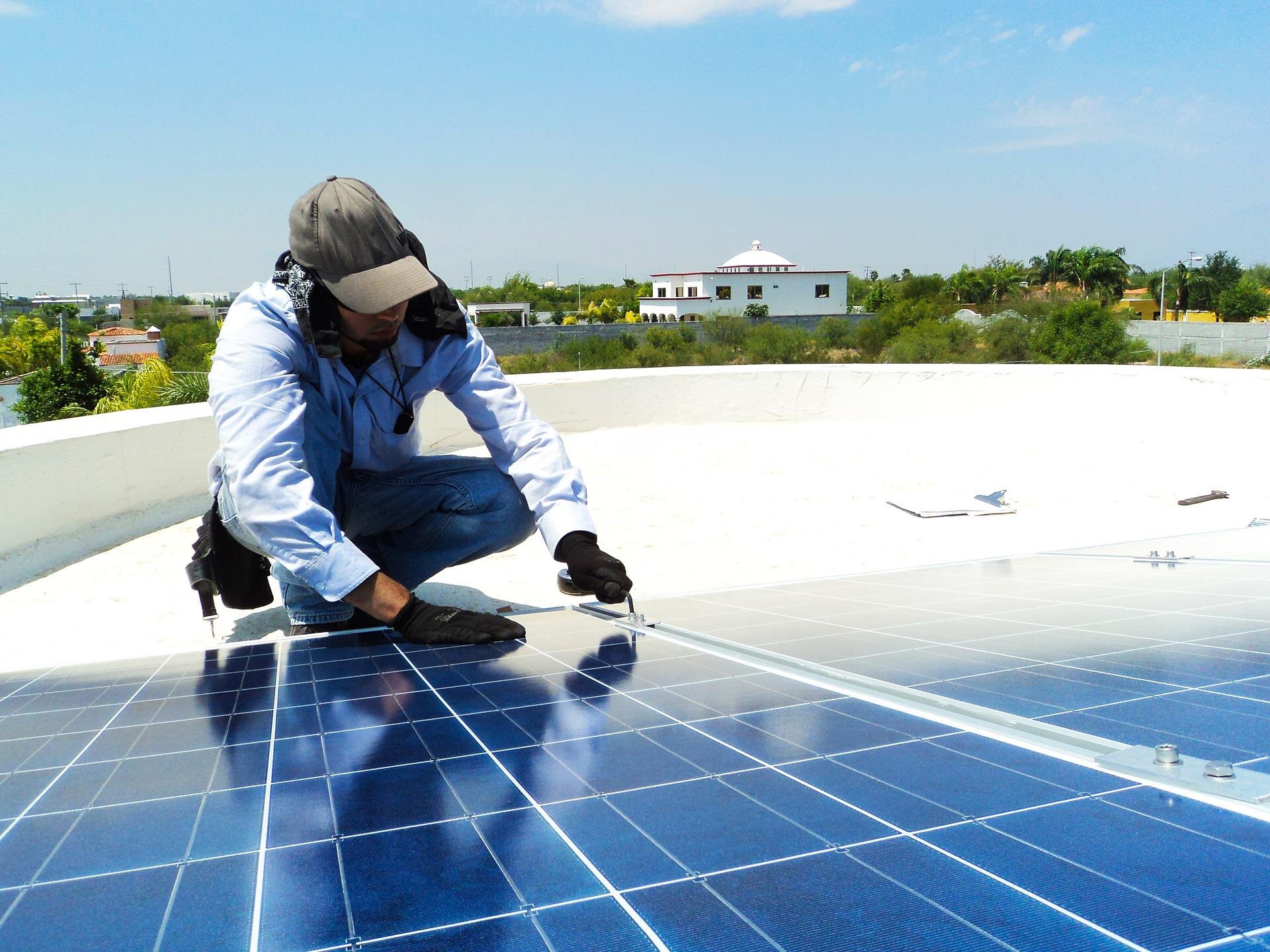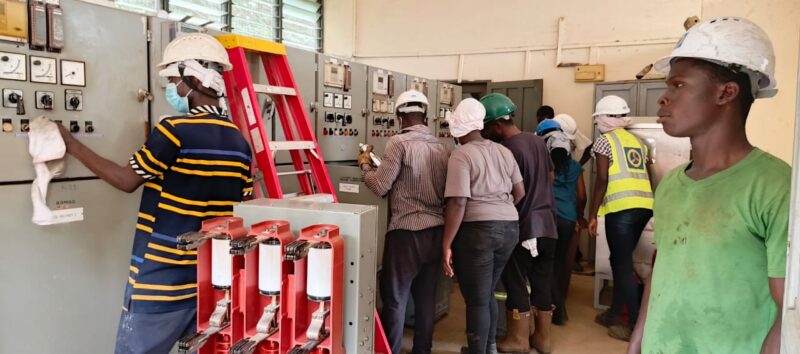- Hong Kong's New World Development shares surge 23% after CEO resigns
- Oil prices fall as expectations of higher supplies hammer market sentiment
- Dollar drifts, risk-sensitive currencies lifted by China optimism
- Gold, silver head for weekly gains on U.S. rate-cut momentum
- OpenAI CFO tells investors funding round should close by next week despite executive departures
What do you believe is the single most important factor driving up the cost of living in Nigeria?
A research team has developed a new fluorine-free binder and electrolyte designed to advance eco-friendly, high-performance battery technology. Their findings were recently published in the Chemical Engineering Journal.
As environmental concerns intensify, the importance of sustainable materials in battery technology is growing. Traditional lithium batteries rely on fluorinated compounds such as polyvinylidene fluoride (PVDF) binders and lithium hexafluorophosphate (LiPF 6 , LP) salts. However, this "PVDF-LP" system releases highly toxic hydrogen fluoride (HF), which reduces battery performance and lifespan. Furthermore, PVDF is non-biodegradable, and with the European Union (EU) tightening regulations on PFAS, a ban on these substances is expected by 2026.
Researchers from POSTECH and Hansol Chemical have designed a non-fluorinated battery system to comply with upcoming environmental regulations and enhance battery performance. They created a lithium perchlorate (LiClO 4 , LC)-based electrolyte to replace fluorinated LP electrolytes along with a non-fluorinated aromatic polyamide (APA) binder using Hansol Chemical's proprietary technology. This innovative "APA-LC" system is entirely free of fluorinated compounds.
The "APA binder" reinforces the bonding between the cathode's active material and the aluminum current collector, preventing electrode corrosion in the electrolyte and significantly extending battery life. Additionally, the "LC system," enriched with lithium chloride (LiCl) and lithium oxide (Li 2 O), lowers the energy barrier at the interface to promote ion migration, leading to faster lithium diffusion and superior output performance compared to the existing LP system.
Rate capability of Graphite/NCM811 coin-type full cells at a charge rate of 0.5 C and discharge rate from 0.2 C to 3 C (1 C = 210 mAh g−1). Credit: POSTECH
















